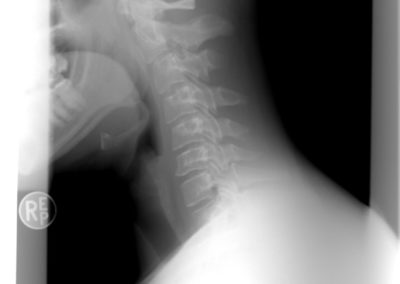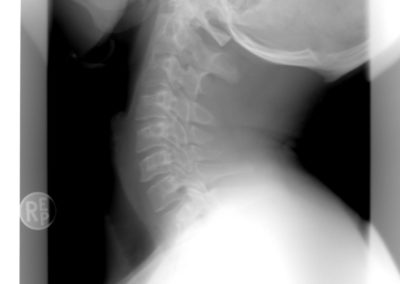Headaches and painful neck
The term cervical syndrome or cervical spinal syndrome is a fairly general term for complaints that originate in the cervical spine (cervical spine) or affect the cervical spine area.
Typical complaints are stiff neck, pain in the shoulder area, headaches, and pain when moving the head.
If there is pain radiating into the arm, this is called brachialgia and, together with neck pain, cervical brachialgia. In addition, sensory disturbances (dysaesthesias) in the arms and hands can also or motor failures with loss of strength of individual muscles in the arm or hand count. This can indicate irritation of a nerve root, possibly a herniated disc in the area of the cervical spine.
If the cervical syndrome is associated with headaches and possibly other complaints in the head area, this is also known as cervicocephalic syndrome or cervical cephalalgia.
Tinnitus (ringing in the ears) can also occur in this context. Here, cooperation with a specialist in ear, nose and throat medicine is important.
By means of a specific collection of the patient’s medical history, a manual medical examination and imaging procedures such as X-rays or MRI, it is possible to differentiate between migraine,
tension headaches or cluster headaches, among others. If one of the latter pain syndromes is suspected, an additional specialist neurological examination is medically necessary and useful.
The causes of a cervical syndrome vary, although the most common cause is usually disturbance of the articulated vertebral connections in the cervical spine.
These lead to tension, muscle hardening and, as a consequence, to persistent pain with limited range of motion in the patient’s shoulder and neck region.
Cervicocephalies caused by an accident or which have existed for longer (> 6 weeks) make a diagnosis with x-rays or MRI absolutely necessary in order to exclude,
among other things, bony injuries or an intracranial space requirement such as a tumour.




